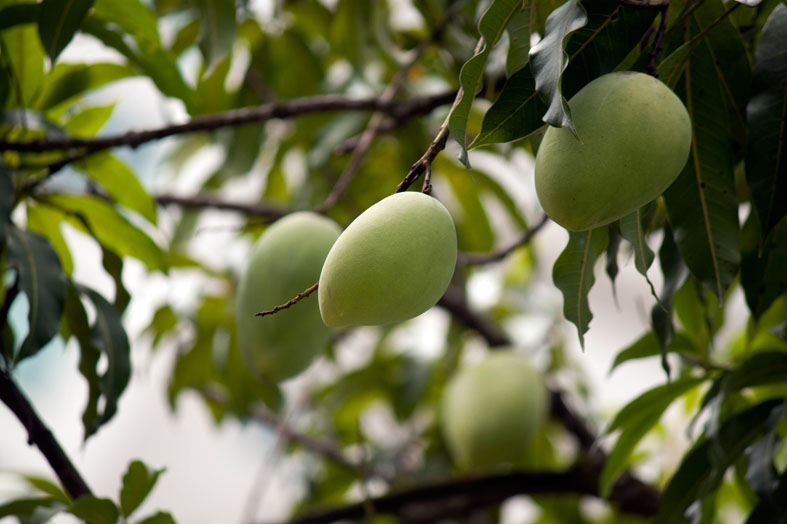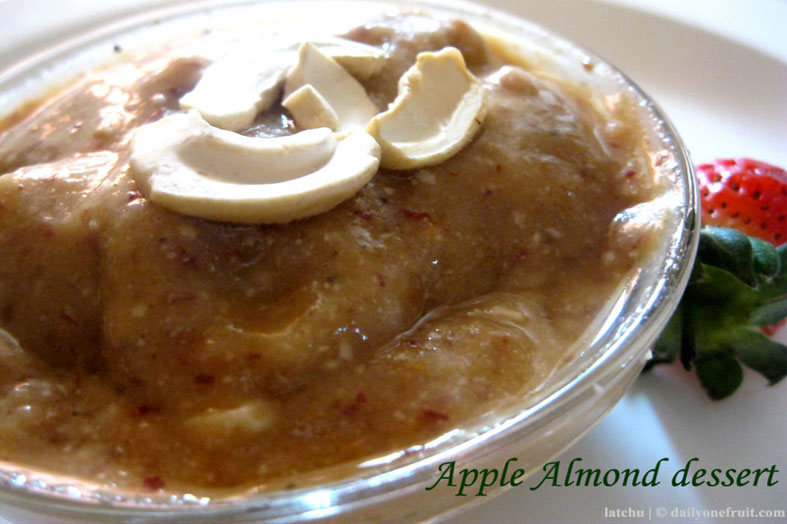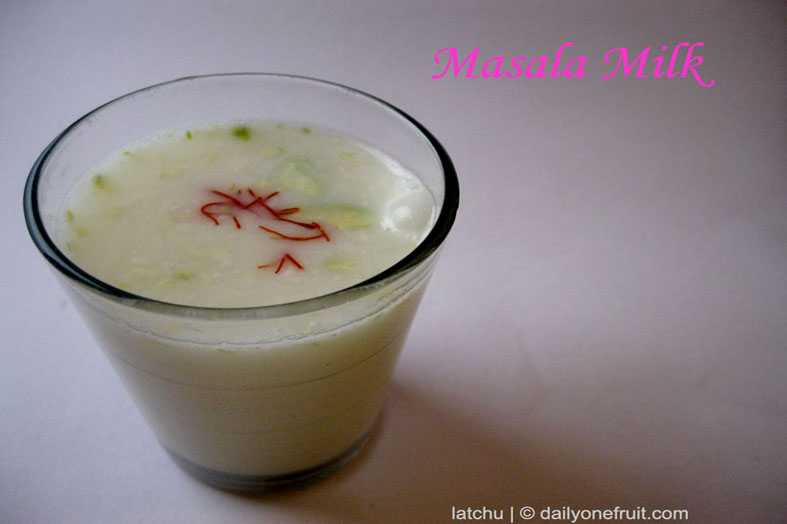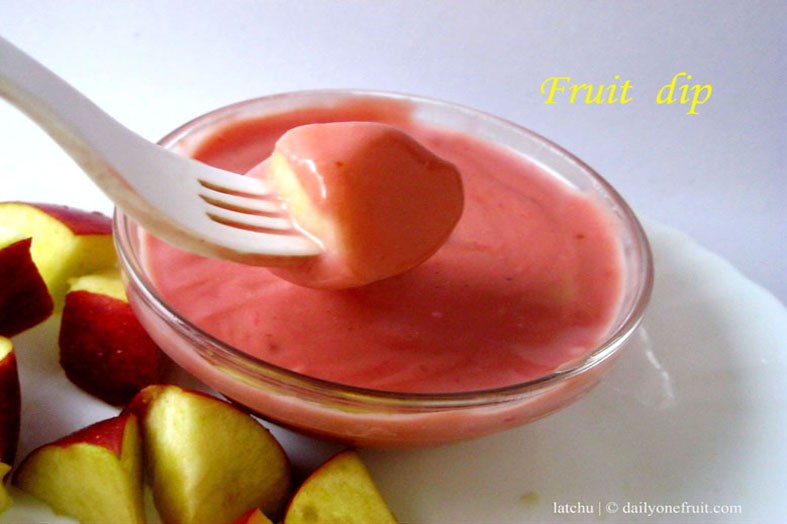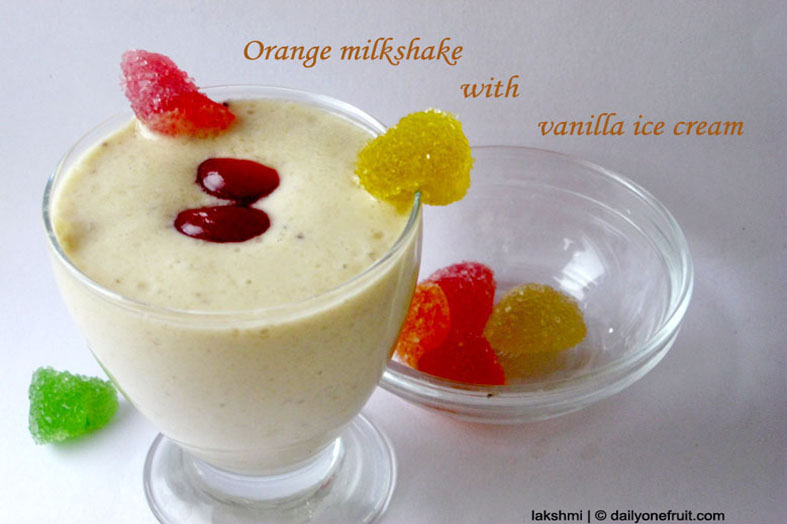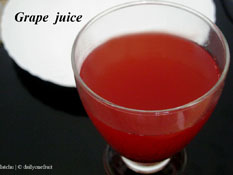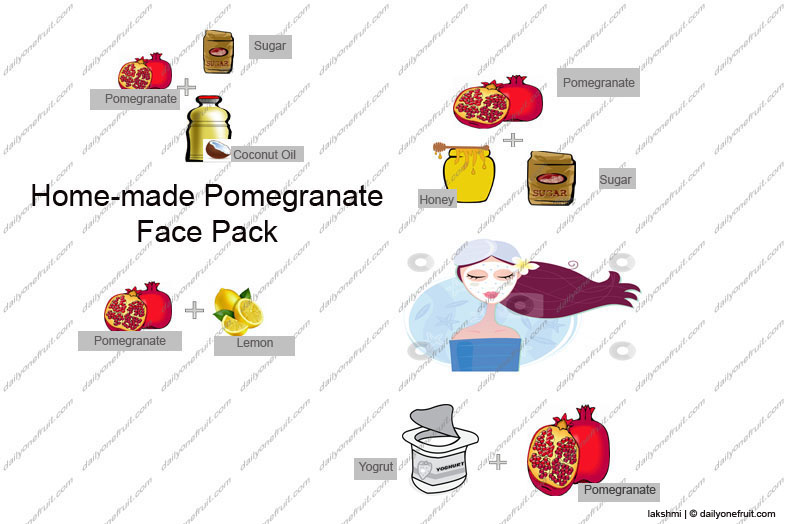
Health Benefits On Olive fruit
Olive Fruit is scientifically called as Olea europaea subsp. cuspidata .
ORIGIN OF OLIVE FRUIT
Olea europaea subsp. cuspidata is a subspecies of the well-known olive tree (Olea europaea), which until recently was considered a separate species (Olea Africana) ,
Native to northeast of Africa and the drier parts of subtropical Asia.
OTHER NAMES OF OLIVE FRUIT
wild olive, African olive, brown olive,Indian olive .
Olive, European olive, African olive, Brown olive, Wild olive, Indian olive, Iron tree, Olienhout, Common olive, Olive tree, Small-fruited olive.
APPEARANCE OF OLIVE FRUIT
Olive Fruit are borne in panicles or racemes 50 to 60 millimetres (2.0 to 2.4 in) long. The Olive fruit is edible but bitter. The globose to ellipsoid fruit is a drupe, 6 millimetres (0.24 in) in diameter and 15 to 25 millimetres (0.59 to 0.98 in) long.
TASTES OF OLIVE FRUIT
Raw olives are incredibly bitter, so once harvested they are cured and then usually preserved in salt or brine. The small, oval olive fruit has a flavour ranging from salty to mild and sweet.
VARIETIES OF OLIVE FRUIT
There are at least five natural subspecies distributed over a wide range:
• Olea europaea subsp. europaea (Europe)
• Olea europaea subsp. cuspidata (Iran to China)
• Olea europaea subsp. guanchica (Canaries)
• Olea europaea subsp. maroccana (Morocco)
• Olea europaea subsp. laperrinei (Algeria, Sudan, Niger)
NUTRITIONAL CONTENTS OF OLIVE FRUIT
A 100 g serving of Black Olives contain:
Calories: 116 kcals
Protein: 0.84 g
Total fat: 10.90 g
Carbohydrate: 6.04 g
Fibre: 1.60 g
Vitamins and Minerals
Vitamin C: 0.90 mg
Vitamin B3: 0.04 mg
Calcium: 88 mg
Iron: 6.28 mg
Magnesium: 4 mg
Potassium: 8 mg
Sodium: 735 mg
Zinc: 0.22 mg
Copper: 0.25 mg
Health Benefits On Olive fruit
Fights Cancer: Phenolic compounds in Olives help in treating and preventing several forms of Cancer. Olives also contain squalene and terpenoids, other compounds with anticancer properties.
Enhances Heart Health: Olives contain Oleic acid (a monounsaturated fatty acid) which reduces the inflammation and cuts down the risk of heart disease. Olives packed with high amount of copper that reduce the deficiency linked to heart disease.
Treats Inflammations: The monounsaturated fats , vitamin E and polyphenols in Olives, help to fight inflammation and the associated ailments with anti-inflammatory properties. Olives are equal to that of ibuprofen, a popular anti-inflammatory drug.
Fortified Bone Health: The Polyphenols and Hydroxytyrosol compound in Olives also helps to prevent bone loss. Olive plays a role in the formation and maintenance of bones as well, serving as an effective remedy for osteoporosis symptoms.
Improve Digestive Health: Olives contain Probiotic compound, which makes them even more important for maintaining digestive health. The Phenols in Olives help in acting as the gut bacteria and improving digestive health.
Aid Weight Loss: Olives are rich in monounsaturated fatty acids, which can cut the risk of obesity. These fatty acids also increase the levels of good cholesterol – and this means our body is more efficient in performing activities, including burning calories.
Supports Brain Health: The monounsaturated fatty acids in Olives helps to improve memory and focus. The intake of olives was also found to prevent brain cell death (due to disease) and reduce memory loss.
Rejuvenates Skin and Hair Health: The fatty acids and antioxidants in Olives nourish and hydrate both the skin and hair. Vitamin A,Vitamin C and Vitamin E is the most potent of all the antioxidants in Olives, which protects the skin from ultraviolet radiation
.
Reduces Cholesterol: Olive fruit hold high amount of unsaturated fatty acids, such as omega-3, omega-6, and Oleic acid. These compounds are mainly responsible for the cardio-protective and hypo-cholesterolemic properties of Olive.
Boosts Immunity: Olives contain both hydroxytyrosol and oleuropein that act as antihistamine, immune-boosting and antimicrobial actions.



















